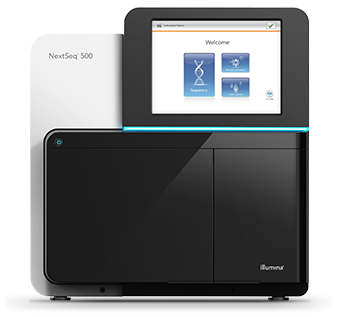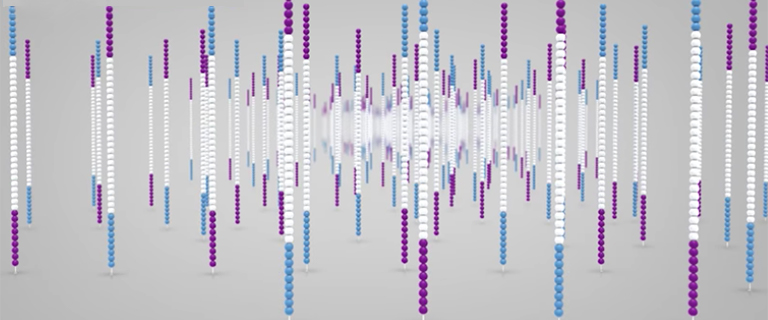Sequencing Quality Scores
Introduction to Sequencing Quality Scores
Sequencing quality scores measure the probability that a base is called incorrectly. With sequencing by synthesis (SBS) technology, each base in a read is assigned a quality score by a phred-like algorithm1,2, similar to that originally developed for Sanger sequencing experiments.
Q Score Definition
The sequencing quality score of a given base, Q, is defined by the following equation:
Q = -10log10(e)
where e is the estimated probability of the base call being wrong.
- Higher Q scores indicate a smaller probability of error.
- Lower Q scores can result in a significant portion of the reads being unusable. They may also lead to increased false-positive variant calls, resulting in inaccurate conclusions.
As shown below, a quality score of 20 represents an error rate of 1 in 100, with a corresponding call accuracy of 99%.
SBS Technology Overview
Illumina technology enables massively parallel sequencing with optimized SBS chemistry.
| Quality Score | Probability of Incorrect Base Call | Inferred Base Call Accuracy |
|---|---|---|
| 10 (Q10) | 1 in 10 | 90% |
| 20 (Q20) | 1 in 100 | 99% |
| 30 (Q30) | 1 in 1000 | 99.9% |
Flexibility for Multiple Sequencing Applications
Sequence whole genomes, exomes, transcriptomes, and more with the powerful, flexible NextSeq Series.
View NextSeq Applications
Illumina Sequencing Quality Scores
Illumina sequencing chemistry delivers high accuracy, with a vast majority of bases scoring Q30 and above. This level of accuracy is ideal for a range of sequencing applications, including clinical research.
Additional Information About Quality Scores
For more in-depth information about sequencing quality scores, read the following technical notes:
Interested in receiving newsletters, case studies, and information on new applications? Enter your email address below.
References
- Ewing B, Hillier L, Wendl MC, Green P. (1998): Base-calling of automated sequencer traces using phred. I. Accuracy assessment. Genome Res. 8(3):175-185
- Ewing B, Green P. (1998): Base-calling of automated sequencer traces using phred. II. Error probabilities. Genome Res. 8(3):186-194
